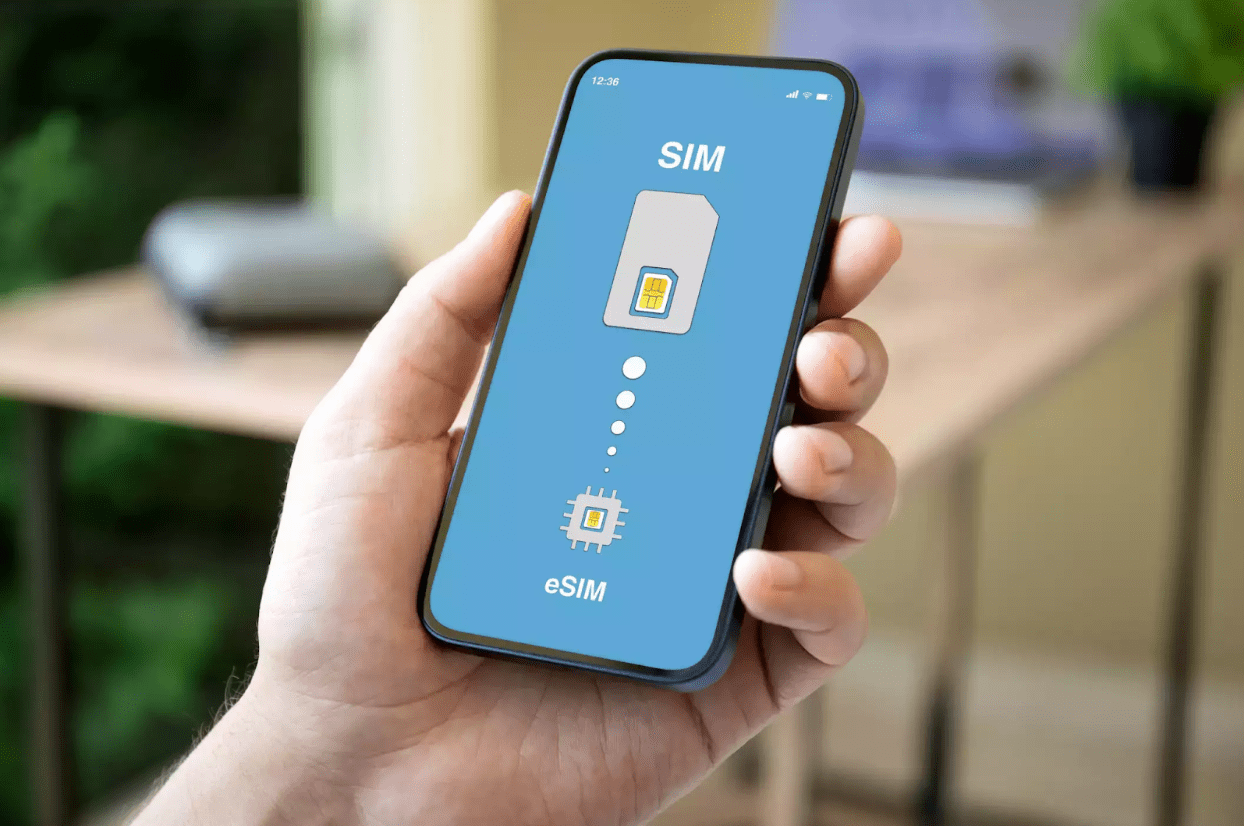eSIM vs Physical SIM: A Modern Traveler’s Guide to Connectivity

The decision between eSim along with traditional SIM cards has grown in significance for both frequent users as well as vacationers as mobile technology advances. Knowing the main distinctions between these two technologies can help you make an educated choice, whether you’re planning a vacation abroad or updating your gadget. Let’s examine five key features that distinguish these technologies.
Convenience and Activation Process
The quick activation procedure of eSIMs is by far their most notable benefit. eSIMs may be remotely activated through your device’s settings in a matter of minutes, unlike regular SIM cards that need to be manually inserted and occasionally need a trip to a carrier store. SIM cards no longer need to be handled or shipped physically thanks to this digital method. As a result, visitors may ensure instant connectivity upon arrival by setting up local phone service before even arriving in their target country.
Storage and Multiple Plan Management
When it comes to maintaining numerous carrier profiles on a single device, eSIM technology excels. With only a few touches, you can switch between different providers or plans since your phone can store many eSIM profiles at once. Conversely, physical SIM cards need manual changing and actual storage space. This restriction is especially annoying when maintaining many phone numbers for personal and professional usage or while traveling abroad.
Device Compatibility and Availability
Physical SIM cards are compatible with practically every mobile device made in the past ten years, while eSIM compatibility is still restricted to more recent devices, especially high-end smartphones and tablets. eSIM technology is supported by several latest Android flagships and Apple’s iPhone series starting with the XS. But older models and low-cost phones usually only support physical SIMs, so this is an important factor to take into account when deciding between the two.
Security and Damage Protection
Physical SIM cards are susceptible to theft, damage, along with loss, which might jeopardize your personal data and mobile service. Since eSIMs are built right into the hardware of your smartphone, they remove these physical weaknesses. Increased protection against theft and manipulation is made possible by this integration. Furthermore, transferring devices with an eSIM is safer since it necessitates appropriate authorization from your carrier, lowering the possibility of illegal access to your mobile service.
Network Coverage and International Usage
With regard to overseas travel, eSIMs provide a level of freedom never before possible. Without physically switching cards, you may quickly add local carrier plans, frequently at affordable prices. However, in areas where eSIM services aren’t widely accessible or supported, conventional SIM cards continue to have an edge. Additionally, in distant locations where digital services may be scarce, traditional SIM cards typically offer a wider range of network coverage possibilities.
Conclusion
In the current mobile environment, both eSIM and physical SIM technologies play a role. While conventional SIMs offer dependable connectivity and wider device compatibility, eSIMs enable unparalleled ease and flexibility for tech-savvy consumers and frequent travelers. Knowing these distinctions enables you to make an informed decision that best meets your connection requirements as the mobile market continues to change. For someone looking for an amazing visa service, Atlys can be the best option available.
Observer Voice is the one stop site for National, International news, Sports, Editor’s Choice, Art/culture contents, Quotes and much more. We also cover historical contents. Historical contents includes World History, Indian History, and what happened today. The website also covers Entertainment across the India and World.

